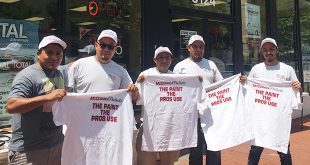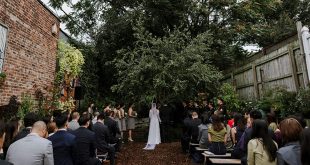The first of the baby boomer generation started turning 65 nearly 10 years ago, and the number of U.S. residents 65 and older continues to grow each year. According to the U.S. Census Bureau, there were 40.3 million U.S. residents 65 years and older in the 2010 Census and more than 54 million in 2019. As this group grows, marketing messages need to adjust as well.
A recent Harvard Business Review article looked at how many of the messages directed toward older Americans during COVID fell on deaf ears because the messages were “riddled with stereotyped depictions of older people as frail, lonely and incompetent.”
Audience segmentation, breaking down your audience into smaller groups to offer tailored content and messages, is one of the best ways to reach your customers. Using age is an easy way to divide into audience segments, but be careful how you’re categorizing and stereotyping these groups. Here are three points to keep in mind when creating messages for older audiences.
1. Appeal to emotional connections. Studies have found that emotionally meaningful rewards and connections with loved ones or passions are more appealing to older adults. Appeal to many older adults’ desires to spend time with their loved ones or contribute in a meaningful way when crafting messages.
2. Focus on the positive. Studies have found that older people default to a more positive outlook, while younger people can be more negative. Stay positive in your messages, which is how you want your business to be perceived in the first place.
3. Skip the stereotypes. With advances in medicine and technology, we are aging better than ever. Not all elderly and older Americans are lonely and isolated, have gray hair and limited mobility or don’t know how to use technology, so skip these stereotypes in images and written marketing.
 Hardware Retailing The Industry's Source for Insights and Information
Hardware Retailing The Industry's Source for Insights and Information








